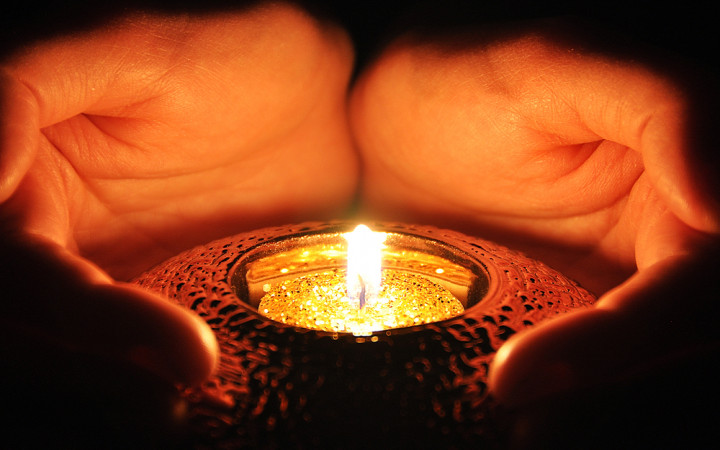Today’s Wonder of the Day was inspired by Monet. Monet Wonders, “How are candles made?” Thanks for WONDERing with us, Monet!
Have you ever lit candles for Hanukkah? How about a Christmas candle? Do you light candles for the five days of Diwali? Some people burn the seven candles of a kinara for Kwanzaa! Candles are important in many holidays. But have you ever stopped to WONDER how candles are made?
Candles today often smell good. They might smell like cinnamon, flowers, or many other things! These scents make people feel happy and relaxed. However, most ancient candles did not smell good. Often, they smelled like fried, greasy food.
That’s because they were made from animal fat. Ancient Egyptians made the first candles by dipping reeds in melted animal fat. Ancient Romans also made early candles. Instead of reeds, they used papyrus. People in ancient China made candles from whale fat and wax from seeds and insects.
People burned theses early candles to light their homes. Travelers also used them while moving at night. After all, they didn't have cars with headlights! People also used early candles in many religious ceremonies.
The earliest candles made a lot of smoke. That made them difficult to use indoors. Luckily, candles--like most other things--changed over time. During the Middle Ages, people made most candles from beeswax. These candles burned much cleaner. They also smelled better! However, beeswax was costly. For that reason, beeswax candles were mostly for wealthy people.
Beginning in the 18th century, people used oil from sperm whales (called spermaceti) to make candles. These candles burned with a brighter light. Like beeswax candles, they also smelled better.
How about today? Many people still make beeswax candles. However, you’d be hard-pressed to find one made of animal fat! Instead, people make most modern candles with paraffin. That’s a waxy material that comes from petroleum. Paraffin makes candles that are inexpensive and odorless.
Most candle makers mass-produce candles. The process involves melting the paraffin and pouring it into a mold. They can add colors and scents while the wax is in liquid form. The paraffin cools and takes its shape. At that point, the candle is ready for sale!
However, many people enjoy making their own candles. It’s easier than you might think! They start by melting the wax and adding color and fragrance--much like a candle maker. Then, they pour the wax into a jar. Finally, they drop in a wick and wait for the candle to cool.
Would you like to try making your own candles? There are plenty of detailed directions online. The process involves a lot of heat, so make sure an adult helps you! Homemade candles can make any holiday even more special.
Standards: C3.D2.His.2, C3.D2.His.4, CCRA.L.3, CCRA.L.6, CCRA.R.1, CCRA.R.2, CCRA.R.10, CCRA.W.2, CCRA.W.9, CCRA.L.1, CCRA.L.2, CCRA.SL.1, CCRA.SL.2




